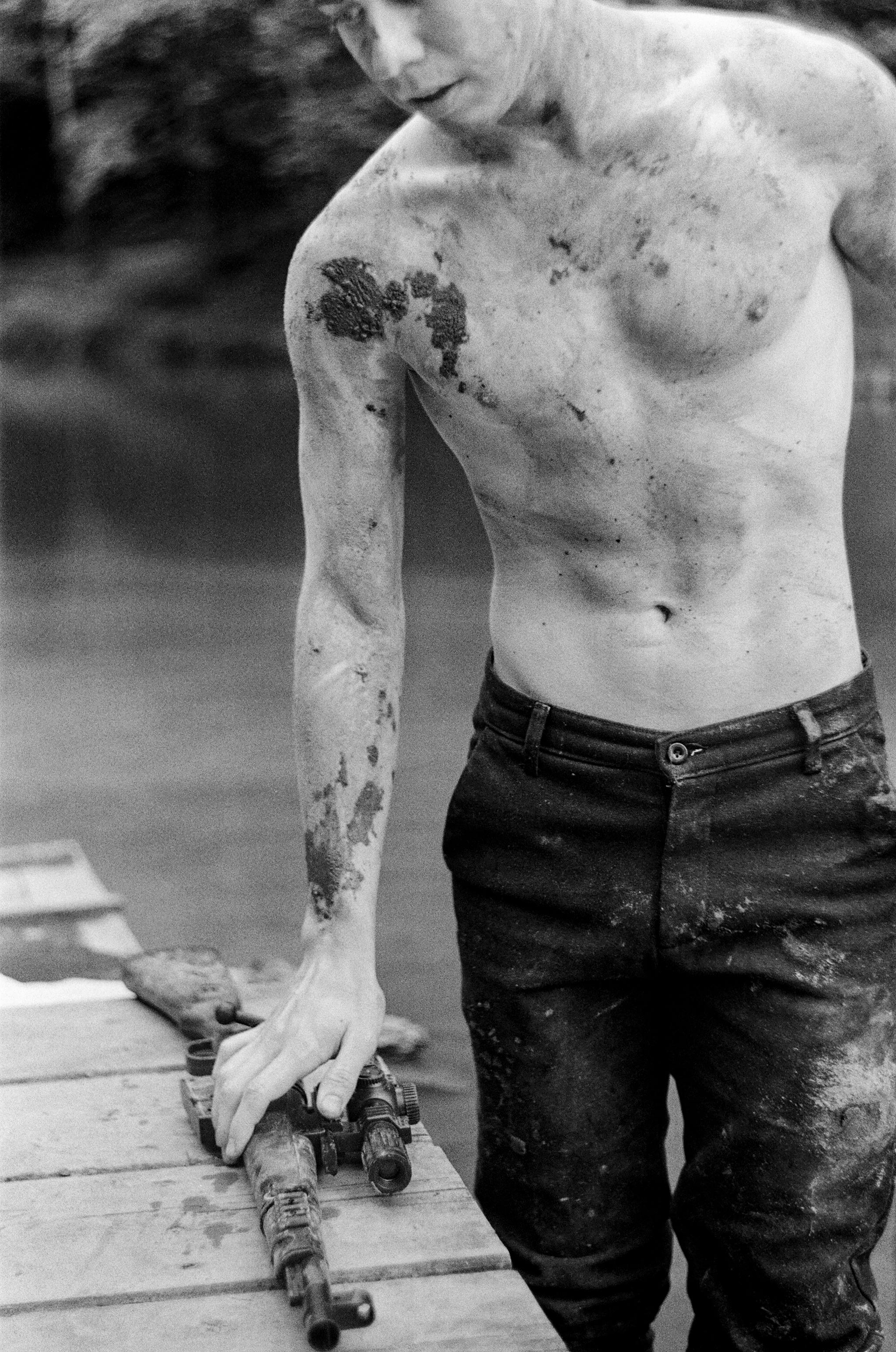Mastering the Use of a Fitting Gun for Precision Work
A fitting gun may seem like a niche tool, but it’s essential in many industries where precision and reliability matter. From plumbing to aerospace, mastering this tool can greatly enhance efficiency. This guide breaks down everything you need to know about fitting guns—from basics to advanced techniques—to help you apply them confidently in your work.

Understanding the Fundamentals
A fitting gun is a specialized tool used to securely install compression fittings, especially in tight or sensitive environments. It streamlines the process of sealing and fastening joints, minimizing human error. These tools are invaluable across HVAC, plumbing, hydraulics, and various mechanical systems.
The importance of this tool has grown as industries demand higher precision and reduced installation time. Think of it as the torque wrench for fittings—it ensures a uniform, reliable connection without over-tightening or underperforming.
1.1 Core Purpose and Design
At its core, a fitting gun applies consistent pressure to install fittings on pipes or hoses. These guns come in manual, pneumatic, and hydraulic variations, each tailored for specific environments and intensity levels. For example, a hydraulic fitting gun can handle higher pressure systems commonly found in industrial settings.
One common misconception is that a fitting gun is only for metal pipes; however, modern versions can handle plastic and composite materials as well. This versatility makes them indispensable for both residential and commercial applications.
1.2 Compatibility and Customization
Fitting guns are often compatible with interchangeable heads or adapters. This makes them suitable for multiple pipe sizes and types, ranging from copper tubing to high-density polyethylene (HDPE). What sets them apart from standard crimping tools is their ability to adapt to different systems without compromising performance.
For instance, in the oil and gas sector, a custom head can be used for offshore installation systems, reducing time and human fatigue. This adaptability makes fitting guns not just tools but long-term investments in operational efficiency.
Practical Implementation Guide
Now that we’ve covered the basics, let’s explore how to use a fitting gun effectively. By following a structured approach, you can reduce downtime, prevent leaks, and ensure a long-lasting seal on every project.

2.1 Actionable Steps
- Inspect the Tools: Check for wear, cleanliness, and correct head size before use.
- Prepare the Surface: Clean and align the pipe or hose to avoid misfitting or cracks.
- Attach the Fitting Gun: Select the correct head and secure it on the pipe. Apply consistent pressure following the gun’s instruction manual.
2.2 Overcoming Challenges
While using a fitting gun is generally straightforward, several challenges can arise:
- Fitting Slippage: Caused by misalignment. Solution: Re-center before applying pressure.
- Tool Jamming: Often due to debris or improper maintenance. Solution: Clean regularly and lubricate moving parts.
- Inconsistent Crimps: May result from a faulty head. Solution: Replace damaged components promptly.
Experts recommend using a pressure gauge after application to verify fitting integrity, especially in critical systems like hydraulics or gas lines.
Advanced Applications
Once you’ve mastered the basics, you can explore more specialized uses of the fitting gun. These advanced techniques improve workflow and expand tool utility, particularly in industrial and custom installations.

3.1 Sequential Crimping Techniques
In large-scale installations, sequential crimping using multiple fitting guns can cut time in half. For example, a dual-gun system can simultaneously secure two points on a multi-branch pipe. Case studies from major HVAC installations show a 35% increase in productivity using this method.
These setups require coordination and pre-calibrated guns, but they reduce manual errors significantly.
3.2 Integration with Robotics
Advanced factories are integrating fitting guns with robotic arms to automate pipe installations. This ensures uniformity and reduces risk in hazardous environments such as chemical processing plants.
Compatibility factors to consider include the weight of the fitting gun, software integration with PLC systems, and the adaptability of robotic grippers.
Future Outlook
The future of fitting guns looks promising as industries seek smarter, faster, and safer ways to install components. Innovations like wireless torque monitoring and AI-based fitting recognition are already in prototype stages.
In the next 3-5 years, expect smart fitting guns capable of cloud-based diagnostics, making preventive maintenance and quality assurance more efficient. Staying updated with these trends will be crucial for professionals in mechanical and industrial sectors.
Conclusion
To summarize, the fitting gun is more than a tool—it’s a key component in achieving precision and efficiency in installation projects. From understanding the core principles to applying advanced techniques, this guide equips you with everything you need to succeed.
Whether you’re a plumber, technician, or engineer, mastering this tool can elevate your work quality. Get started today with a basic model, and explore custom solutions as your expertise grows.
Frequently Asked Questions
- Q: What is a fitting gun used for? A fitting gun is used to install compression or push-to-connect fittings on pipes and hoses with high precision and minimal effort.
- Q: How do I start using a fitting gun? Begin by selecting a model suited for your pipe types, read the manual, and practice on spare materials to get comfortable with pressure control.
- Q: How long does it take to complete a fitting? A standard fitting takes about 2–5 minutes depending on material type and experience level.
- Q: How much does a fitting gun cost? Basic models start at $100, while industrial hydraulic versions can exceed $1,000 based on features and compatibility.
- Q: How does a fitting gun compare to manual crimpers? Fitting guns offer better precision, faster installation, and less physical strain compared to manual crimping tools.
- Q: Is it difficult to learn to use a fitting gun? Not at all. Most users become proficient within a few hours of guided use or training.
- Q: Can I use a fitting gun in the automotive industry? Absolutely. Fitting guns are ideal for fuel lines, hydraulic systems, and air suspension installations.
